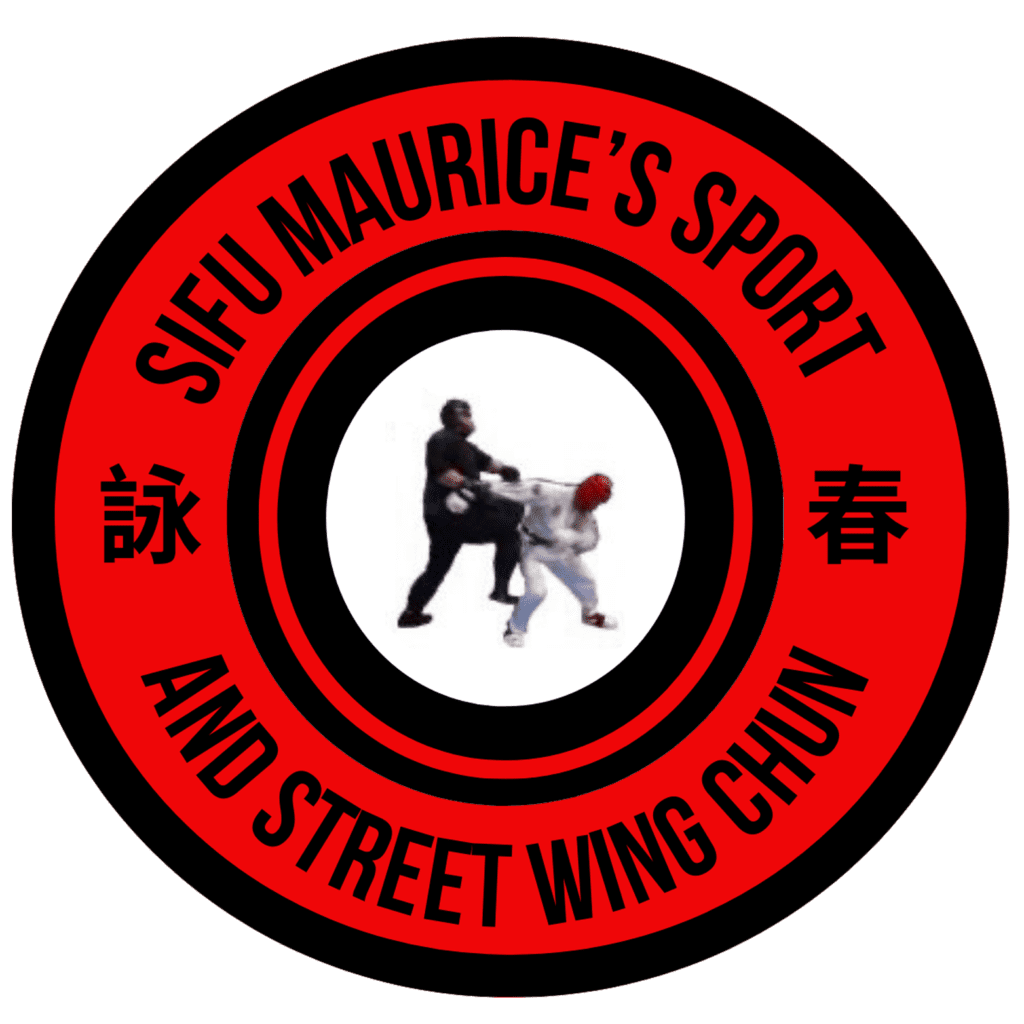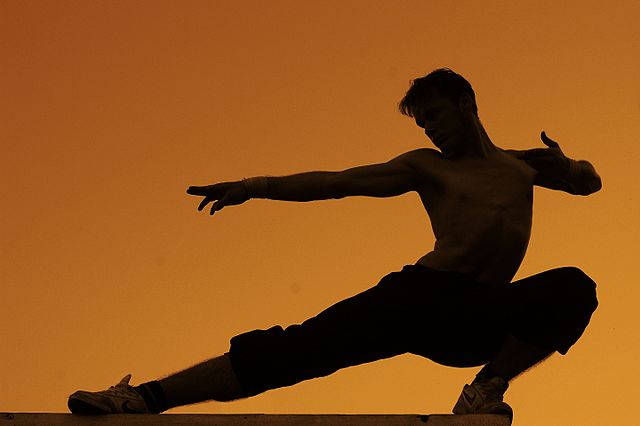Which Martial Art is Number 1? Exploring the Diversity and Effectiveness of Martial Arts
By Maurice Novoa a master under the Yuen Kay Shan, Ip Man and Pan Nam lineages.
Introduction:
As an experienced martial arts instructor with over 30 years of experience, I often encounter the question: “Which martial art is the best?” It’s a subjective question that doesn’t have a simple answer. The world of martial arts is incredibly diverse, with a multitude of styles, techniques, and philosophies. In this article, we will explore the different martial arts, highlighting their unique characteristics and discussing the factors to consider when determining which martial art is the right fit for you.
I. The Beauty of Diversity in Martial Arts:
a. A Rich Tapestry of Styles: Martial arts encompass a wide range of disciplines originating from various countries and cultures. From traditional martial arts like Karate, Kung Fu, and Taekwondo to modern combat sports such as Boxing, Muay Thai, and Brazilian Jiu-Jitsu (BJJ), each style has its own unique techniques, training methods, and philosophies.
b. Meeting Different Goals: Martial arts cater to a diverse range of goals. Some styles focus on self-defense and practical applications, while others emphasize physical fitness, spiritual development, competition, or cultural preservation. It’s important to identify your personal goals and aspirations when choosing a martial art.
II. The Effectiveness of Striking Arts:
a. Boxing: Known as the “sweet science,” Boxing is celebrated for its emphasis on precise punches, footwork, and defensive skills. It is widely regarded as one of the most effective striking arts, with a strong focus on conditioning and technique.
b. Muay Thai: Originating from Thailand, Muay Thai combines punches, kicks, knees, and elbows to form a powerful and versatile striking style. Known as the “Art of Eight Limbs,” Muay Thai is highly effective in both self-defense and competitive arenas.
III. The Power of Traditional Martial Arts:
a. Karate: Karate, originating from Okinawa, Japan, emphasizes striking techniques using punches, kicks, and knee strikes. It promotes discipline, mental focus, and character development, making it a popular choice for personal growth.
b. Kung Fu: Kung Fu encompasses a wide array of Chinese martial arts styles, including Wing Chun, Shaolin, and Tai Chi. Known for their fluid movements, intricate techniques, and philosophical foundations, Kung Fu styles offer a holistic approach to martial arts training.
IV. The Versatility of Combat Sports:
a. Brazilian Jiu-Jitsu (BJJ): BJJ focuses on grappling and ground fighting, utilizing joint locks and chokeholds to control and submit opponents. It is highly effective in one-on-one confrontations and has gained popularity in mixed martial arts (MMA) competitions.
b. Wrestling: Wrestling emphasizes takedowns, throws, and grappling techniques to control and pin opponents. It is widely regarded as a fundamental skill for MMA and offers practical self-defense techniques.
V. Wing Chun: A Unique Martial Art Created by Shaolin Monks:
The Shaolin Monks, renowned for their dedication to martial arts, played a significant role in the development of Wing Chun. Legend has it that the art was created as a practical self-defense system to overthrow the oppressive rule of the evil Hons and Manchus in China. What sets Wing Chun apart is its efficiency and effectiveness in combat, offering a viable solution for those seeking to defend themselves without spending years mastering complex techniques.
a. Shorter Learning Curve: Wing Chun was designed to be learned and applied relatively quickly compared to other martial arts styles. Its streamlined techniques and direct approach allow practitioners to become proficient in a shorter span of time. This accessibility has made Wing Chun appealing to individuals who seek effective self-defense skills but may not have the luxury of years to dedicate to training.
b. Practicality and Efficiency: Wing Chun’s focus on economy of motion and directness makes it a formidable martial art. It eliminates unnecessary movements and employs simultaneous attack and defense strategies, enabling practitioners to neutralize opponents swiftly and efficiently. The techniques in Wing Chun are specifically designed to work in close-quarters combat, making it highly effective in real-life self-defense situations.
c. Defeating Opponents with Less Time: While other martial arts may require years of training to achieve mastery, Wing Chun offers practical self-defense skills that can be applied effectively without extensive training. The art’s emphasis on principles such as centerline control, simultaneous attack and defense, and sensitivity training enables practitioners to respond rapidly and decisively to threats, even against opponents with more training and experience.
It’s important to note that while Wing Chun offers a unique advantage in terms of learning efficiency and combat effectiveness, the mastery of any martial art still requires commitment, practice, and continuous improvement. Wing Chun’s effectiveness should not be misconstrued as an overnight solution, but rather as a system designed to provide practical self-defense skills in a shorter time frame.
Wing Chun stands as a testament to the ingenuity of the Shaolin Monks in creating an art that could be taught efficiently and defeat opponents who required years of training in other styles. It offers a streamlined approach to self-defense, emphasizing practicality, efficiency, and directness. While other martial arts may require extensive training to achieve mastery, Wing Chun’s unique principles and techniques enable practitioners to develop effective skills within a shorter timeframe. Remember, regardless of the martial art you choose, the key lies in consistent training, dedication, and a commitment to personal growth on your martial arts journey.
Conclusion:
Determining which martial art is the best ultimately comes down to personal preference, goals, and individual circumstances. Each martial art has its strengths and limitations, and what may be the right choice for one person might not be the same for another. It’s essential to consider factors such as self-defense effectiveness, physical fitness goals, personal interests, and the availability of training facilities and instructors.
As an experienced martial arts instructor, I encourage students to explore different martial arts styles, attend trial classes, and engage in open-minded exploration. By experiencing various disciplines firsthand, you can gain a better understanding of their philosophies, training methodologies, and suitability for your goals and aspirations.
Remember, martial arts training is a lifelong journey of self-discovery, personal growth, and continuous improvement. Embrace the opportunity to learn from different martial arts traditions, appreciate their diversity, and discover the art that resonates with your mind, body, and spirit. Whether you choose Boxing, Muay Thai, Karate, Kung Fu, BJJ, or any other style, the most important aspect is your dedication, passion, and commitment to your own martial arts journey.

